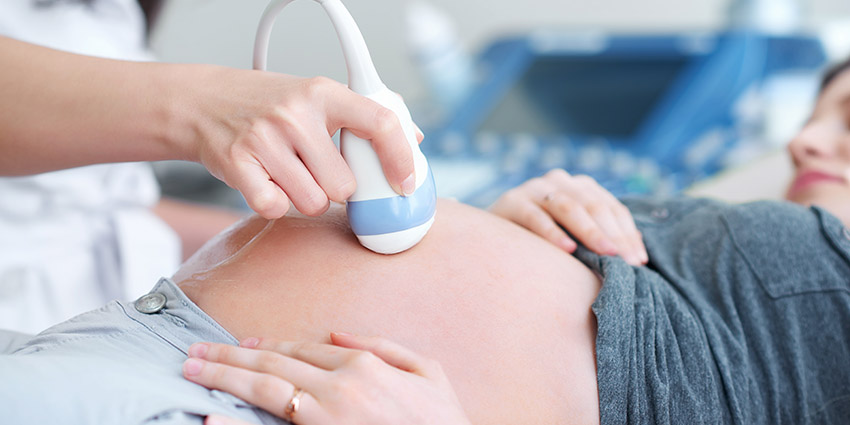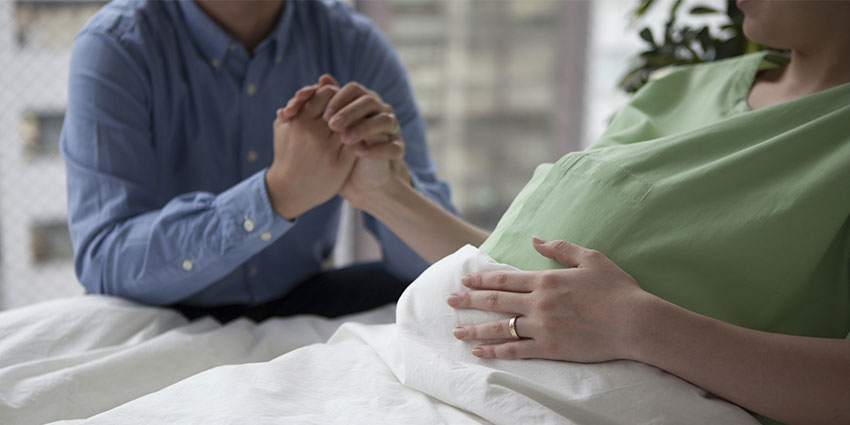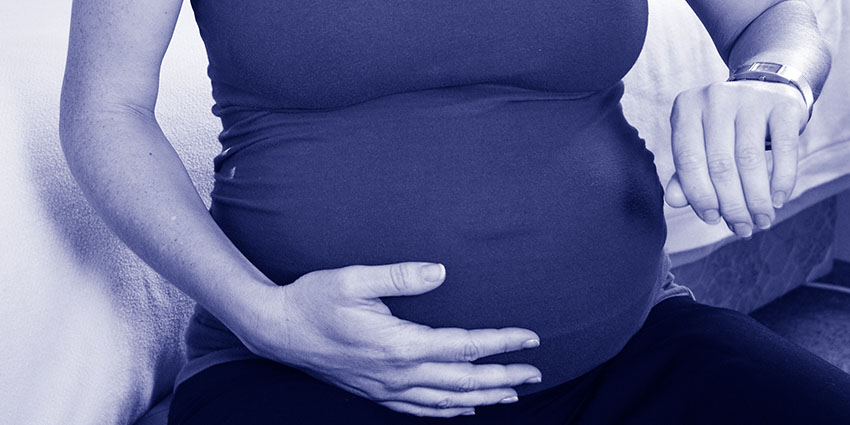Pregnancy is a state of health, it is the only time you go to medical appointments on a regular basis when nothing is wrong with you! However, there are times when your body sends out warning signals. We are going to talk about what that looks like in each of the three trimesters. Warning signs of the 4th trimester, postpartum, are discussed in another article.
First trimester warning signs are usually related to some type of vagninal bleeding. Not all bleeding means that you are having a miscarriage. When you are pregnant, your cervix (the opening to your uterus) is very tender and sometimes bleeds with intercourse or just spontaneously. This type of bleeding is usually spotting and the pregnancy is likely going to be ok. It is still good to let your provider know if you are having any vaginal bleeding as there are more than one causes for women to have first trimester bleeding and they will likely want to ask you a few questions to see if you need to come in to the office. If you ever start having bright red, heavy bleeding associated with abdominal cramping then you will need to call them as well.
Another warning sign that can show up any time in the pregnancy has to do with a possible bladder infection. In this case you might be feeling bad, running a low grade temperature, have bleeding, lower abdominal pain, burning or pain with urination. Bladder infections are more common in pregnancy and your provider will want to know right away if you are having these symptoms.
Second trimester warning signs are a little different. It is still possible to have vaginal bleeding or symptoms of a bladder infection as noted above, and you will want to let your healthcare provider know if you do. Other warning signs you may have, especially between 24-28 weeks are lower abdominal cramping and/or spotting which can be a sign of a bladder infection or preterm labor (see article on Preterm Labor). You will be starting to feel your baby move during the middle of this trimester but you will not feel all of the baby’s movement. We don’t usually ask you to begin fetal movement counts until near the end of this trimester.
The third trimester is filled with all kinds of changes related to lower abdominal and pubic pressure, irregular contractions, and increased pressure on your bladder as the baby becomes larger and then drops into the pelvis, but these are all normal. The warning signs that concern us in this trimester are still vaginal bleeding or symptoms of a bladder infection but they can also be regular tightening of the uterus, decreased fetal movement, headaches, blurred vision or pain in your upper abdomen not related to the baby’s movement. It is also possible to have a gush of fluid or a slow trickle of fluid from the vagina with or without contractions. These are all symptoms that your physician, midwife or nurse practitioner would want to know about.
Related Posts








